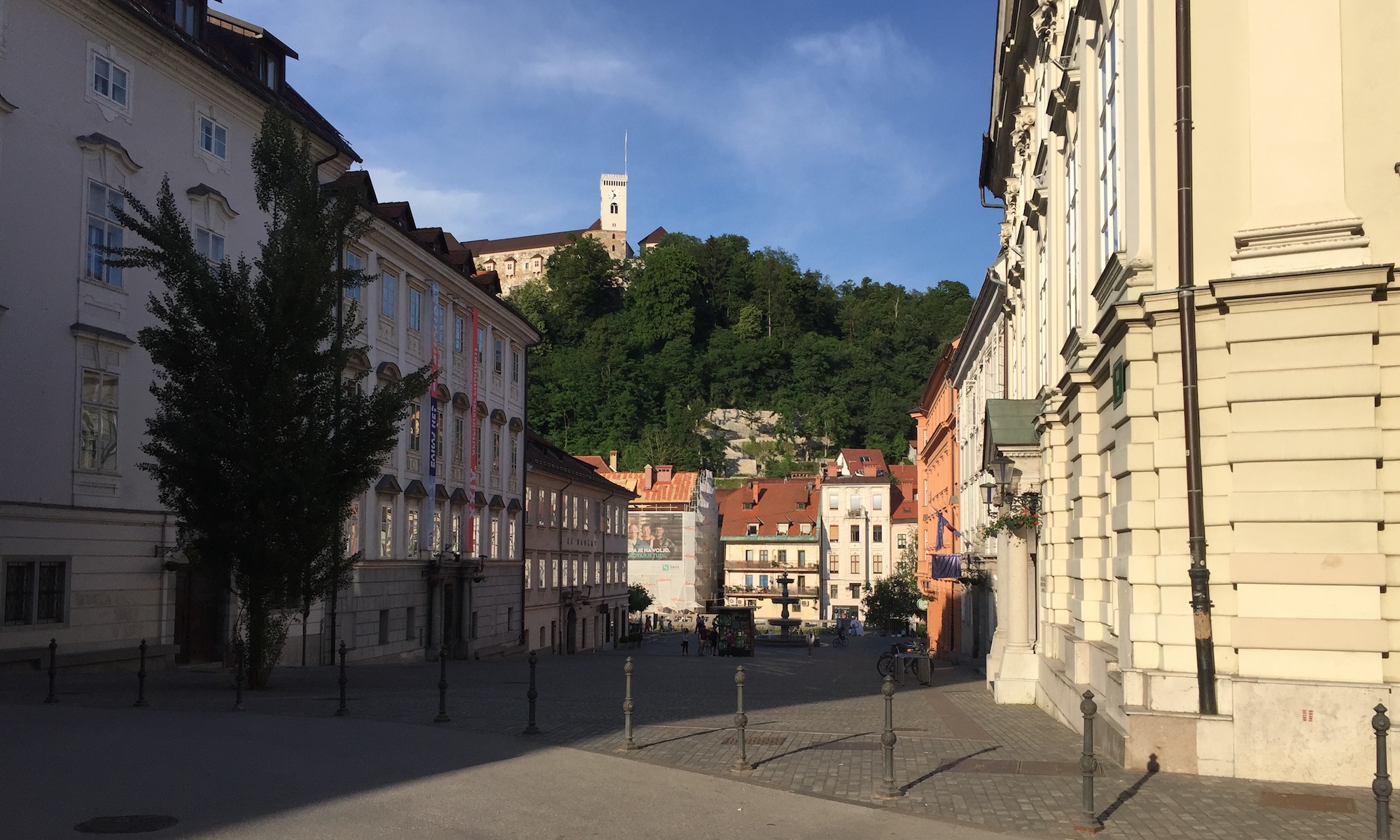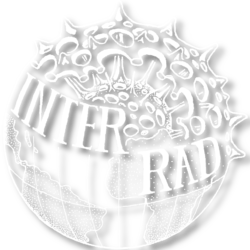
Excursion A
Mesozoic tectonostratigraphy of the Eastern Alps (Northern Calcareous Alps, Austria): a radiolarian perspective
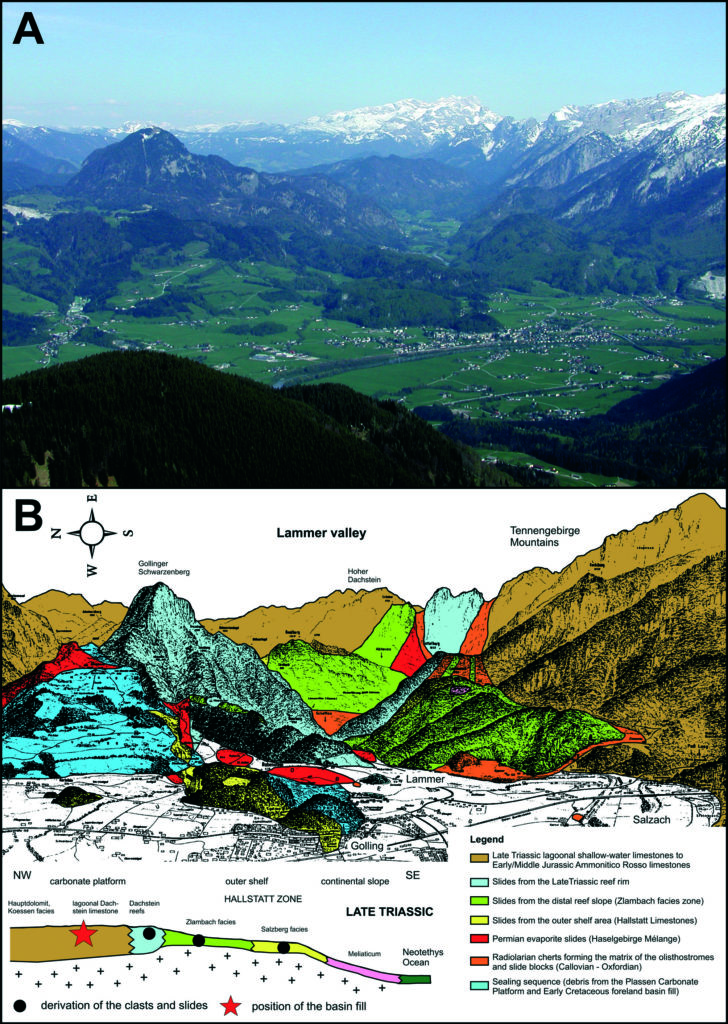
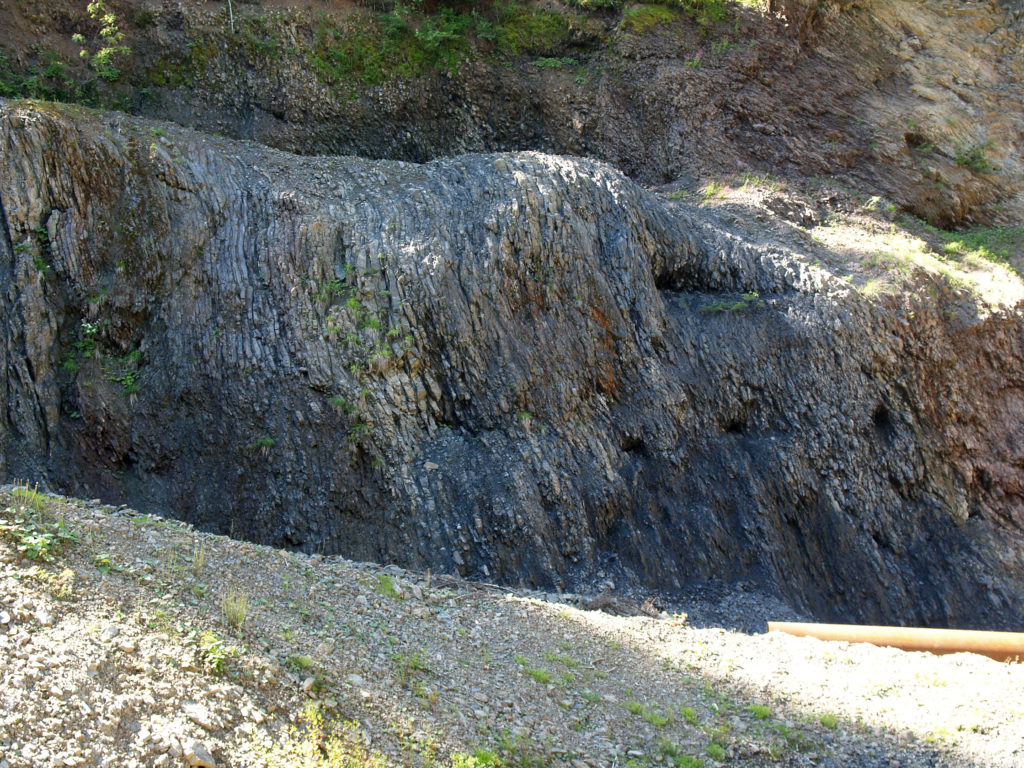
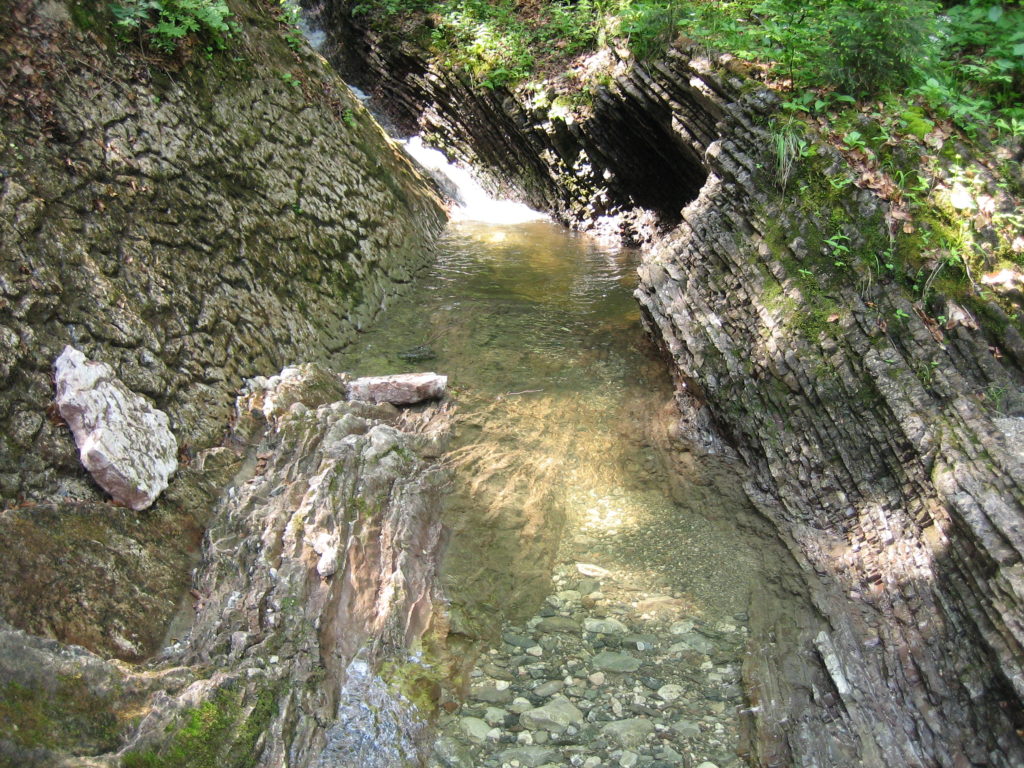
Prepared by: Hans-Jürgen Gawlick (Leoben), Hisashi Suzuki (Kyoto), Špela Goričan (Ljubljana), Luis O’Dogherty (Cadiz).
Duration: 4 days (8–11 September)
Cost: 450 EUR (double room)
Includes: field-trip guide book, transportation, accommodation with breakfast, lunch and dinner.
Participants: Minimum 12, Maximum 40
The topic of the field trip will be the Mesozoic geodynamic evolution of the Western Tethys with two oceanic domains. The Neo-Tethys realm (1) to the south was characterized by Middle Triassic continental break-up, Middle Triassic to Middle Jurassic passive margin evolution, Middle–Late Jurassic thrusting/accretion and Latest Jurassic/Early Cretaceous mountain uplift. The Alpine Atlantic realm (2) to the north recorded an Early/Middle Jurassic continental break-up and Middle Jurassic to Late Cretaceous passive margin evolution. The field trip will focus on deep-water, radiolarian-bearing sedimentary rocks during this geodynamic history in different basins: rift-basins, shelf areas, oceanic domains, trench-like basins, foreland basins. The geodynamically triggered interplay between carbonate production, siliciclastic/volcanic input and deposition of siliceous rocks/radiolarites in combination with the asynchrony of basin formation allows in specific times the calibration of radiolarians with e.g., ammonoids, conodonts and calpionellids beside other organisms.
The field trip will be held in one of the most classical areas of the world, the central Northern Calcareous Alps with its world-wide known touristic highlights (e.g., Salzburg, Hallstatt).
Excursion B1
Kras – the classical karst area in SW Slovenia
Prepared by: Karst Research Institute ZRC SAZU
Duration: 1 day (mid-conference excursion on Wednesday, 14 September)
Cost: 80 EUR
Includes: field-trip guide book, transportation, entrance to the Škocjan Caves, lunch.
Participants: Maximum 50
This excursion will be devoted to the area of Classical Karst, where karst phenomena have been first scientifically described. We will visit the Škocjan Caves, a UNESCO world heritage site famous for its spectacular underground canyon and inspiring history of exploration. Second part of the excursion will focus to the karst hydrology and geomorphology of the Ljubljanica Catchment Area. This will include intermittent lake of Cerkniško Polje, karst valley Rakov Škocjan, spring cave Planinska Jama and Planinsko Polje.
Excursion B2
Geology of the Bohinj area, Julian Alps, NW Slovenia


Prepared by the Ivan Rakovec Institute of Paleontology ZRC SAZU
Duration: 1 day (mid-conference excursion on Wednesday, 14 September)
Cost: 80 EUR
Includes: field-trip guide book, transportation, cable car to Vogel, lunch.
Participants: Maximum 50
The field-trip area lies in a beautiful landscape of the Triglav National Park. In the morning we will take the cable car to Vogel to observe the overall nappe structure of the Julian Alps. In the afternoon we will visit Upper Jurassic to Lower Cretaceous deposits (Biancone limestone and flysch) of the Pokljuka Nappe. On the way back we will stop at Bled, one of the most popular tourist destinations in Slovenia.
Excursion C
Mesozoic basins of the southern Dinarides, Montenegro
Prepared by: Špela Goričan (Ljubljana), Martin Đaković (Podgorica), Peter Baumgartner (Lausanne), Duje Kukoč (Zagreb), Nevenka Djerić (Belgrade), Tim Cifer (Ljubljana), Aleksander Horvat (Ljubljana), Hans-Jürgen Gawlick (Leoben)
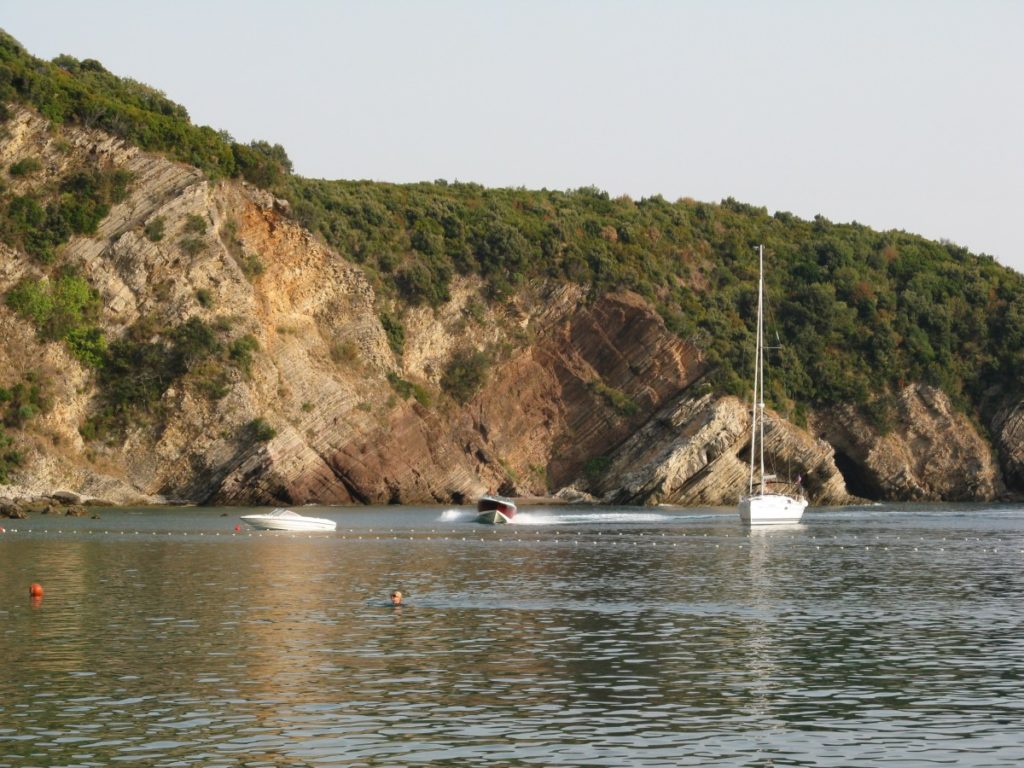

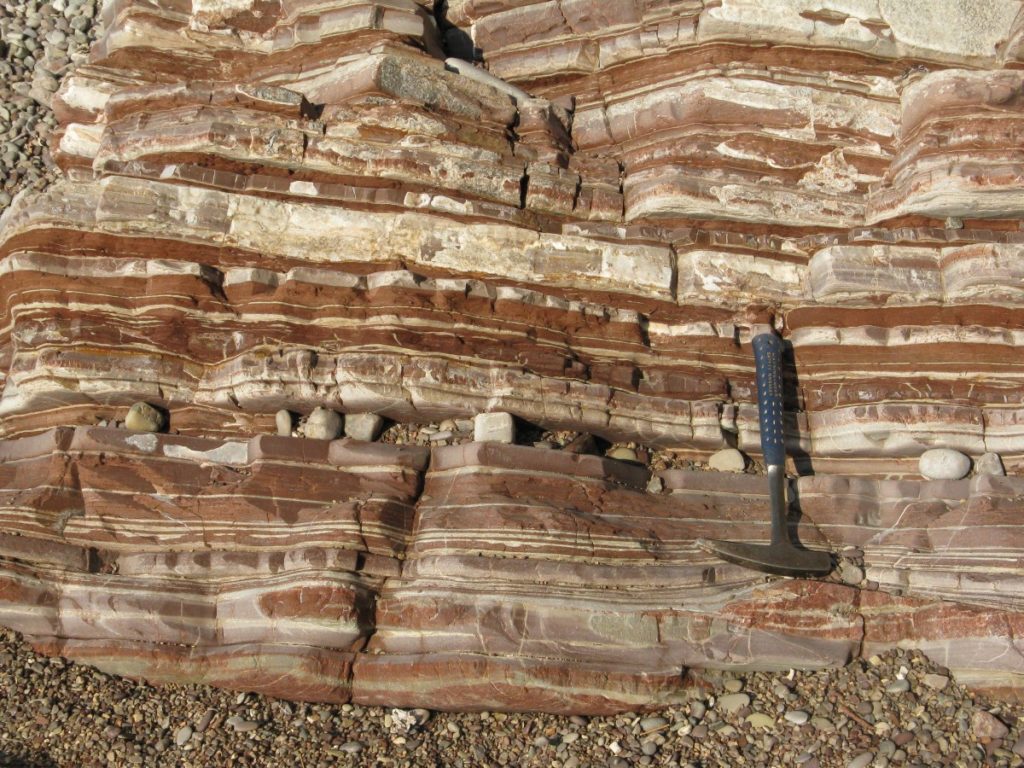
Duration: 5 days (16–20 September)
Cost: 550 EUR (double room)
Includes: field-trip guide book, transportation (plane ticket Ljubljana–Podgorica–Ljubljana, bus in Montenegro), accommodation with breakfast, lunch and dinner.
Participants: Minimum 10, Maximum 30
This excursion will show a cross-section through the Dinarides from the most external zones in coastal Montenegro to the ophiolitic mélanges near the border with Serbia. The Mesozoic successions reflect a complex horst-and-graben topography that was created on the continental margin during Middle Triassic rifting and final opening of the Neo-Tethys. Several basins separated by structural highs (carbonate platforms and submarine plateaus) have been recognized. We will examine the complete Middle Triassic to end Cretaceous succession of the most external Budva Basin and the Triassic to Lower Cretaceous succession of a more internal Lim Basin. On the way we will cross hundreds of meters thick successions of platform limestones locally including a Middle Triassic radiolarite unit. Allochthonous Middle Triassic cherts associated with volcanics and Middle Jurassic cherts associated with ophiolitic mélange will be also visited.
